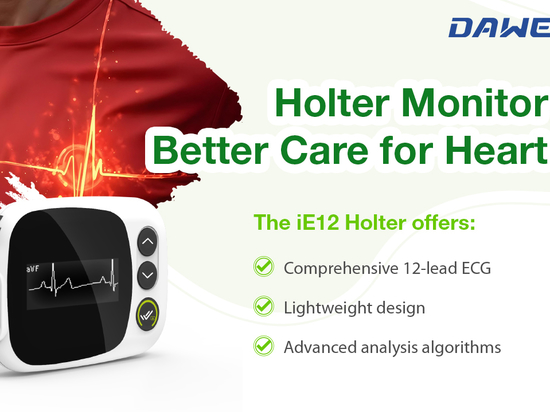
#Industry News
Breast Ultrasound Examination: Benefits and Applications
Key Considerations When Choosing a Breast Ultrasound System
Breast Ultrasound Examination: Benefits and Applications
Breast ultrasound, also known as breast sonography or mammary ultrasound, is a commonly used imaging technique that utilizes sound waves to evaluate the structure and abnormalities of the breast. Here are the main advantages and applications of breast ultrasound:
Advantages
No Radiation: Unlike X-ray examinations, breast ultrasound uses sound waves and poses no radiation risk, making it especially suitable for pregnant and breastfeeding women.
Real-time Dynamic Imaging: Ultrasound provides real-time images of the breast's internal structures, aiding in the observation of dynamic changes and blood flow within lumps.
Wide Applicability: Ultrasound is effective for women of all ages, including young women and those with dense breast tissue, offering good imaging results.
Clear Detail Display: Ultrasound has excellent resolution for distinguishing between liquid and solid lesions, such as cysts and solid tumors, helping to differentiate their nature.
Convenient Operation: Ultrasound equipment is portable and easy to use, with a simple and quick examination process that typically requires no special preparation.
Applications
Initial Screening of Breast Lumps: Used to examine lumps in the breast, determine their nature (such as cystic or solid), and further assess their size, shape, and boundaries.
Women with Dense Breast Tissue: For women with dense breast tissue, where X-ray mammography (mammogram) may be less effective, ultrasound is a more effective examination method.
Diagnosis of Breast Cysts: Ultrasound can clearly show the liquid content of cysts, helping to distinguish between simple and complex cysts.
Breast Duct Lesions: For ductal dilations or abnormalities, ultrasound provides direct and clear images.
Precise Localization of Local Lesions: Before performing a breast biopsy or surgery, ultrasound helps precisely locate the lesion, enhancing the accuracy of the procedure.
Follow-up and Monitoring: For known benign lesions, ultrasound can be used for regular follow-up and monitoring of changes over time.
Breast ultrasound is an important tool in the screening and diagnosis of breast diseases. When used in conjunction with other imaging methods, such as X-ray mammography and MRI, it can improve the detection rate and diagnostic accuracy of breast conditions.
Key Considerations When Choosing a Breast Ultrasound System
1. Image Quality
- Resolution : High resolution for detailed breast structure and lesion visualization.
- Contrast : Good contrast to distinguish different tissue types.
- Penetration : Strong penetration for deep tissue examination, especially in dense breasts.
2. Ease of Use
- User Interface : Intuitive controls and easy-to-use interface for efficient operation.
- Portability : Lightweight and mobile for use in various clinical settings.
- Preset Functions : Predefined modes and parameters for quick and consistent examinations.
3. Versatility
- Imaging Modes : Multiple modes such as B-mode, color Doppler, and power Doppler.
- Modular Design : Expandable and upgradable to add functionalities as needed.
4. Data Management
- Storage Capacity : Sufficient storage for large volumes of images and data.
- Data Transfer : Support for USB, network transfer, etc., for easy data sharing and analysis.
- Post-Processing : Advanced post-processing capabilities for enhanced image quality.
5. Clinical Support
- Probes : High-frequency probes suitable for breast exams and interchangeable for different needs.
- Software Features : Advanced features like automatic lesion detection and volume measurement.
- Training and Support : Manufacturer-provided training and after-sales support.
6. Cost-Effectiveness
- Value for Money : Reasonable pricing with high functionality.
- Maintenance Costs : Consider long-term maintenance and upkeep costs.
Recommended Product: DAWEI L3/P3
The DAWEI L3/P3 Portable Ultrasound System offers excellent image quality, user-friendly operation, and versatile applications. It features high-resolution imaging, an intuitive interface, multiple imaging modes, and modular design. With robust data management and advanced clinical support, L3/F3 ensures accurate and efficient breast ultrasound examinations, making it a valuable tool for healthcare providers.






